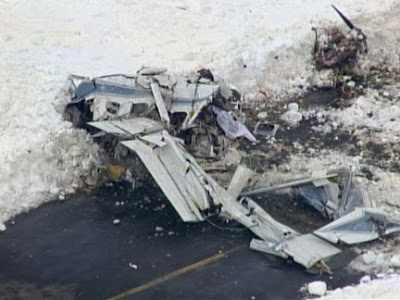- Joined
- Dec 29, 2015
- Messages
- 9,306
- Display Name
Display name:
Aztec Flyer
Structural failure is a frightening thing. While it has happened in rare cases, it is important to know that it's very rare.
A few years ago, I went and searched through the NTSB reports for Cessna 310 crashes that involved structural failures. Virtually all of them were night IMC, and the remaining ones were day IMC (usually flying into a thunderstorm). The reports concluded that the pilots got spatial disorientation ended up inverted or in a spin, and then yanked too hard trying to get out of it, resulting in parts (usually the tail) falling off the plane. That significantly eased my concerns.
I would imagine if you searched for the 182 you'd find much the same. These planes are old, but they were built well from the factory.
I can't disagree with that statement...GA aeroplanes are remarkably well built, especially considering many of these structures were designed in the 40's and 50's and were still being built substantially the same way more than a quarter of a century later.
Having said that, my observation from working on them (and dismantling a few that were relegated to parts planes) is that these Pipers and Cessnas were never intended to still be flying so many decades after they were manufactured. They are the closest thing to a "mass market" aeroplane ever created, sort of a GA "Chevrolet", and some of the details of the way they are put together do not facilitate maintenance - one gets the feeling the airframe was not supposed to outlast things like control cables/pulleys and trim and trim indicator cables/wires, and in some cases the fuel bladders.
With enough effort (and $) anything can be repaired, replaced or rebuilt, but I really get the impression back in the heyday of GA manufacturing these things were intended to be replaced with newly manufactured aeroplanes - at the entry level and for the move up pilot (replicating the Chevrolet - Oldsmobile - Buick - Cadillac progression in the automotive world). The dramatic inflation in airplane prices starting in the 1970s raised the nominal value of the used fleet, and that probably contributed to their longevity. But there's a case to be made those days are over, maybe forever, as many of us are witnessing, with respectable airframes that are not worth the cost of overhauling the engines in them any more.
Last edited:

